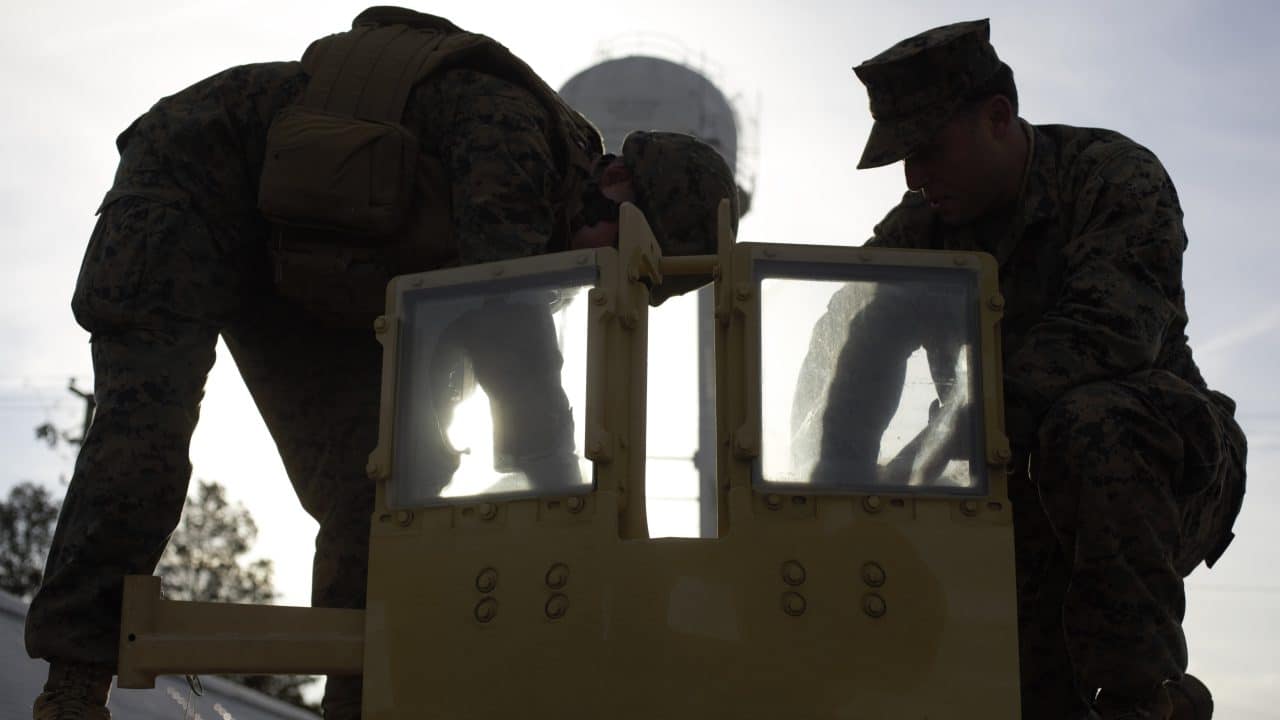RABIA AKHTAR
The focus of ‘Crisis Communications: Indian and Pakistani Perspectives on Responsible Practices’ is on how adversaries can communicate in ways that will both prevent crises from occurring in the first place, and should they occur, ensure that they are de-escalated as swiftly as possible. The key goal of our third-party facilitated dialogue, out of which this report has emerged, was to bring together Indian and Pakistani nuclear policy experts and journalists to explore the responsibilities of the governments, as well as those of the print and social media, in crisis situations. Held in Bangkok in December 2022, the dialogue followed the methodology and process outlined in the Nuclear Responsibilities Toolkit, jointly developed by BASIC and the Institute for Conflict, Cooperation and Security (ICCS) at the University of Birmingham.
The compendium contains: The Perils of (Not) Communicating in the Absence of Trust in a Dangerous Nuclear Dyad, by Ejaz Haider
Media Coverage for Mutual Understanding: What Way Forward for Indian and Pakistani Journalists?, by Nirupama Subramanian
Restoring Responsible Communication as a Key to Trust Building Between India and Pakistan, by Salma Malik
The Shared Responsibility of Reading the ‘Other’ Right, by Kamal Madishetty
Tu Tu-Main Main: Policy, Scholarship, and India-Pakistan Communications, by Rabia Akhtar and Ruhee Neog
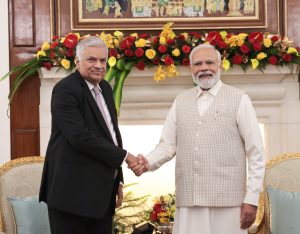


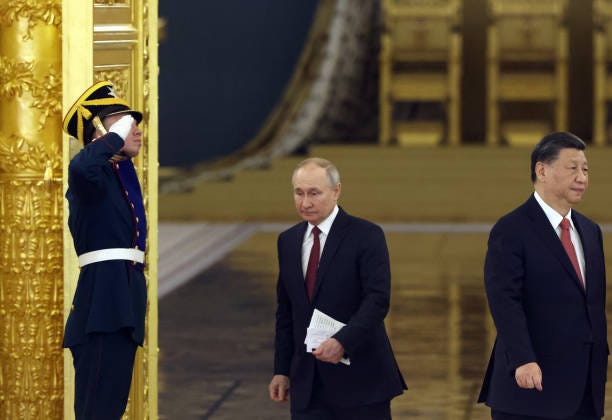
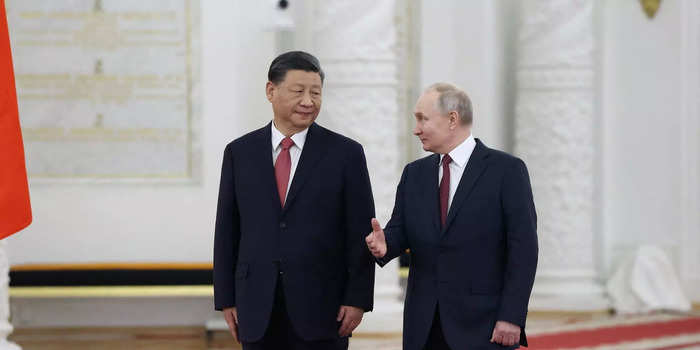
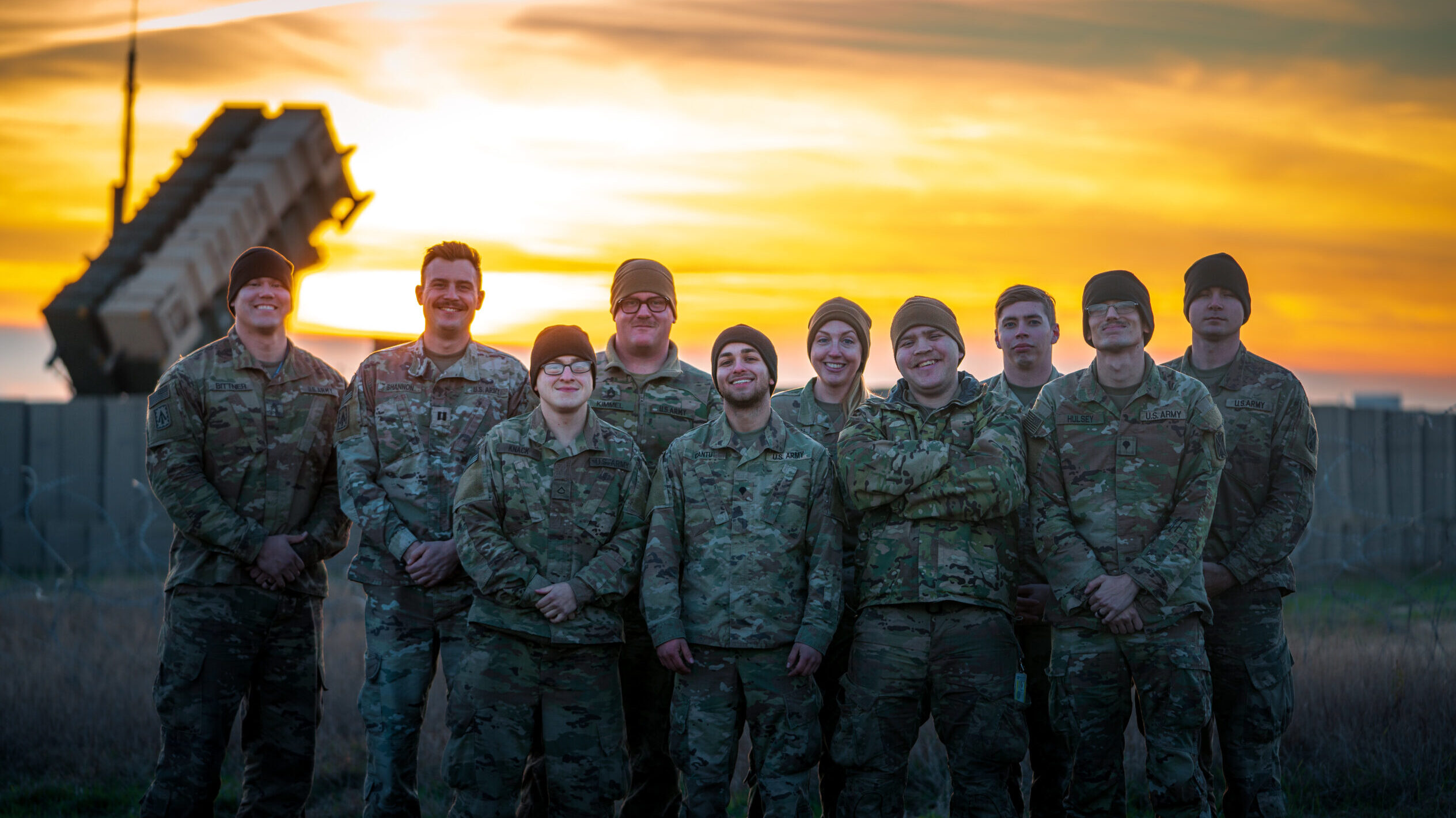
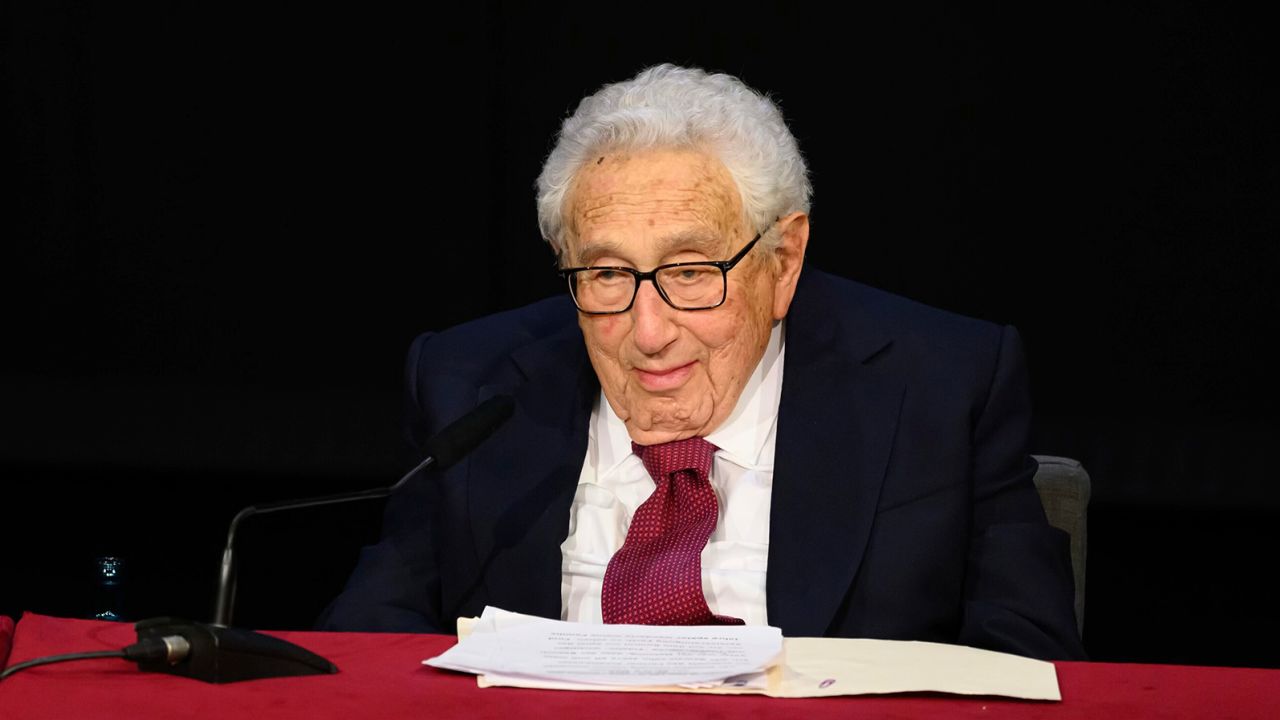

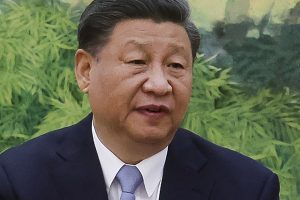
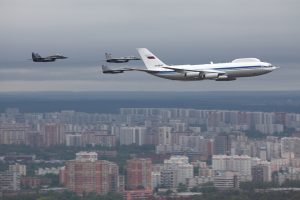

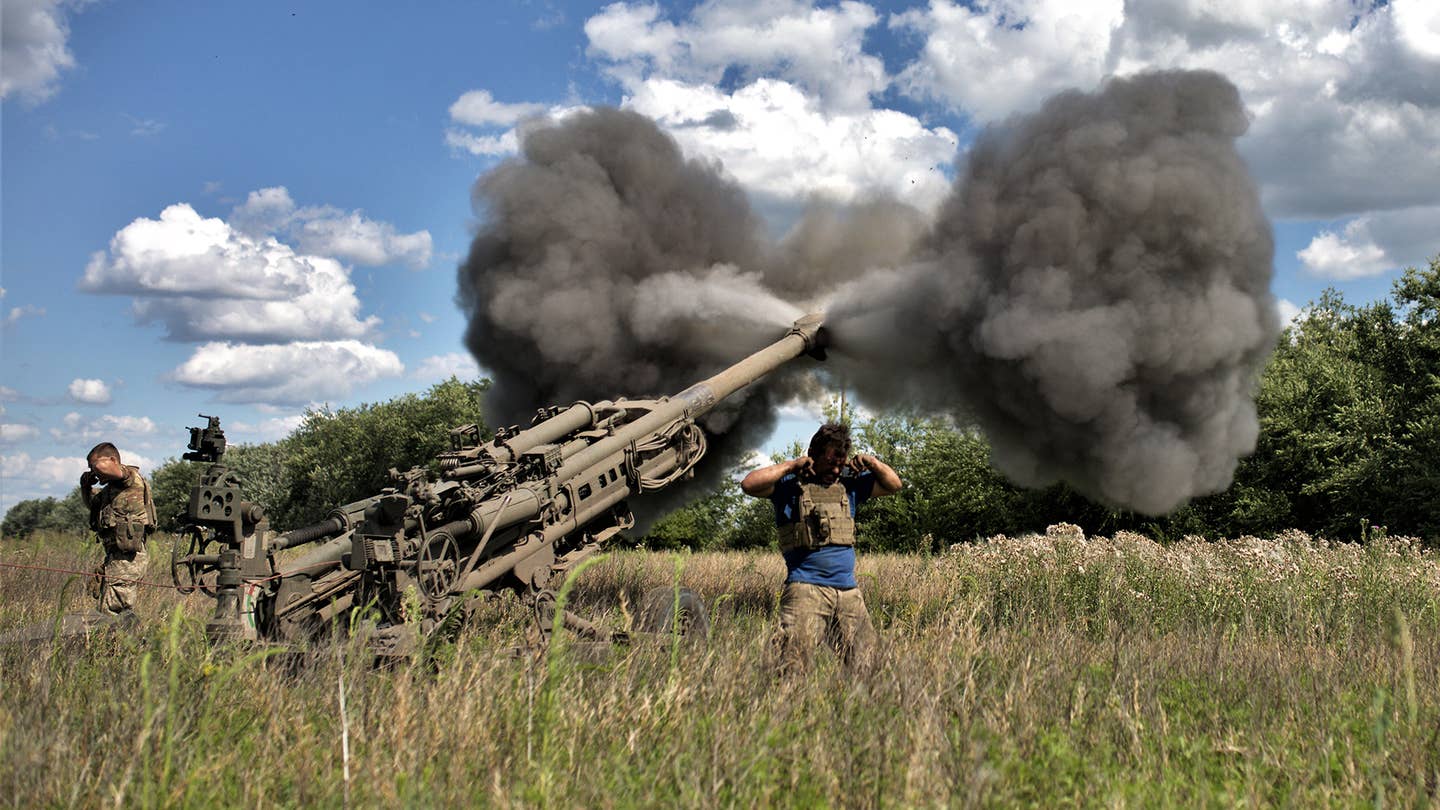


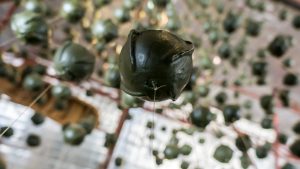
:quality(70)/cloudfront-us-east-1.images.arcpublishing.com/archetype/RB7WCA6IOZHZ3C7WGRPQG3NGDM.jpg)

